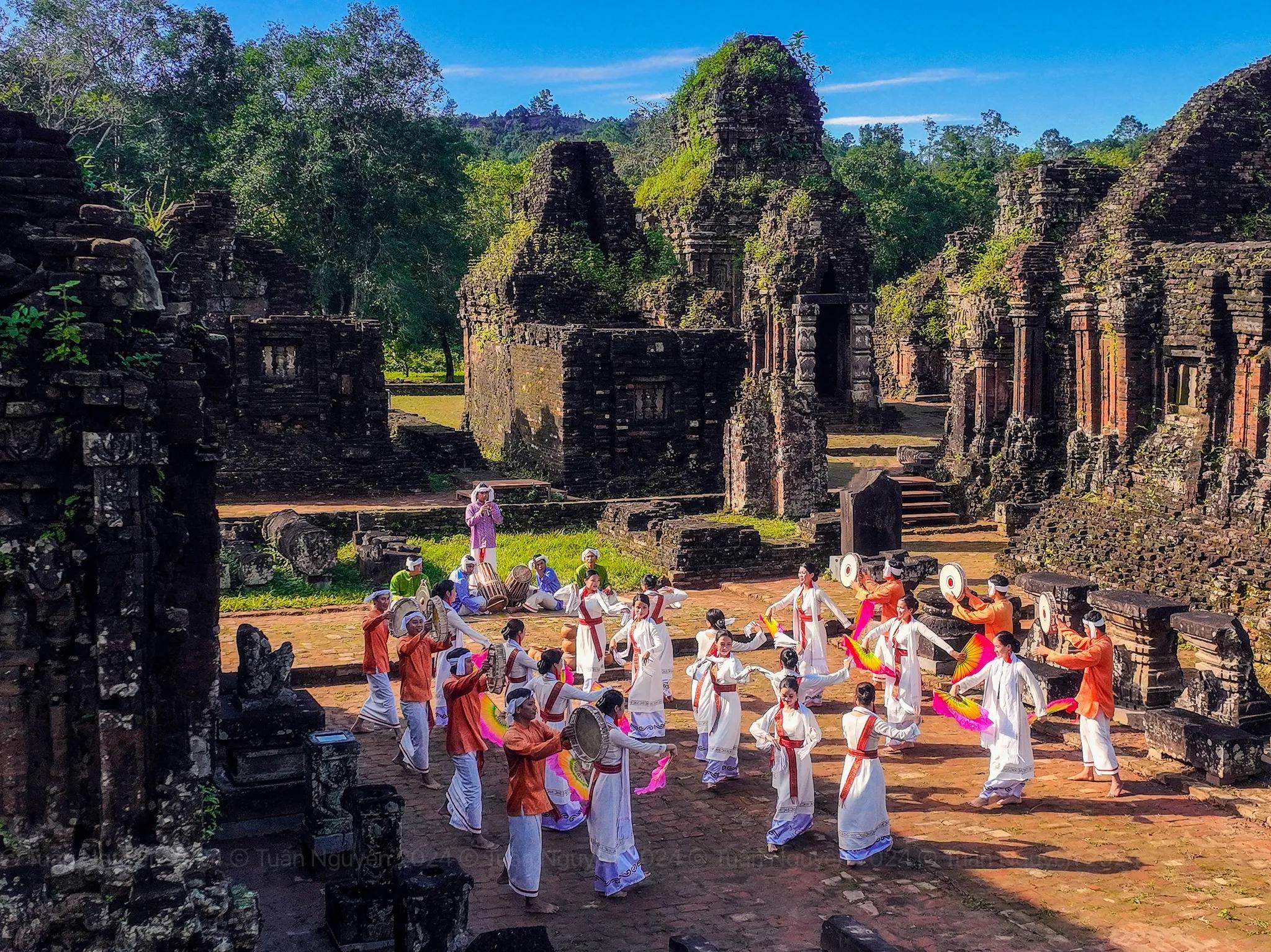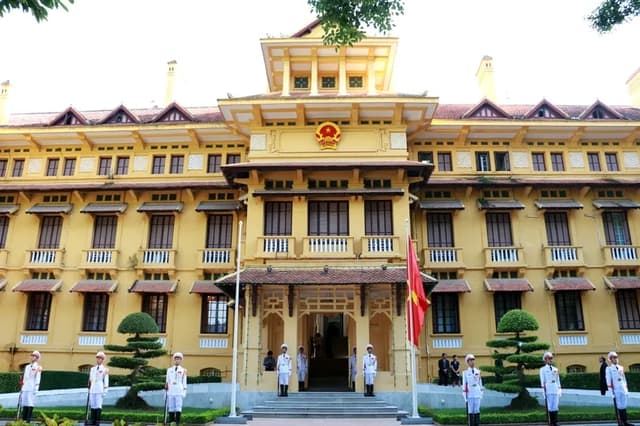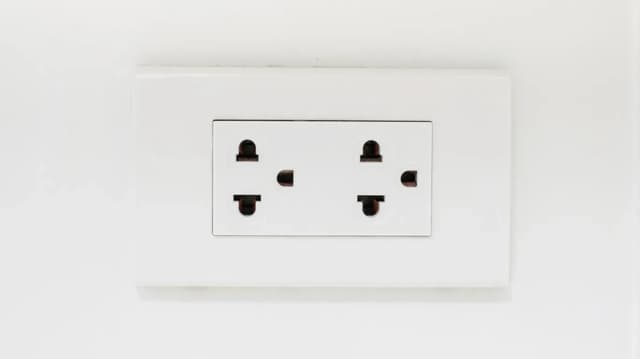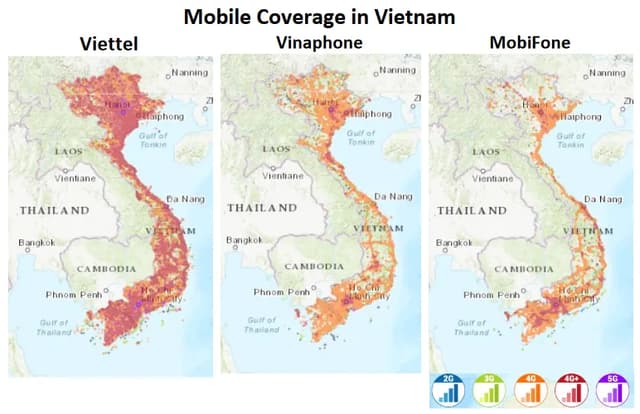Vietnamese Cultural Values: The Crystallization From Nation to Region
By Admin
18/12/2024
Discover Vietnamese cultural values through national, regional and ethnic dimensions, where tradition and modernity intersect
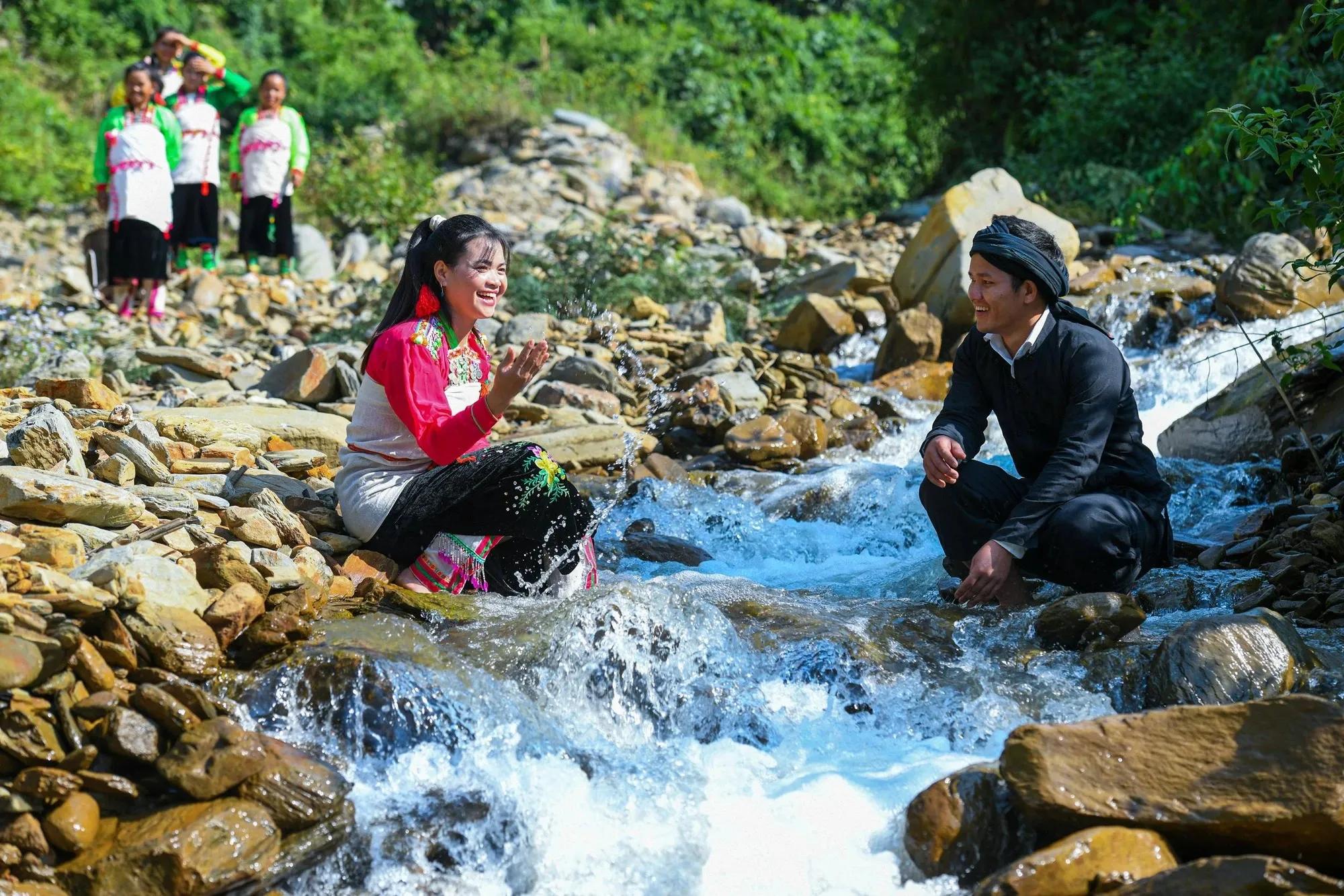
Vietnamese culture is like a colorful picture, crystallized from thousands of years of history and the richness of the identity of each region and ethnic group. Cultural values are not only the product of thinking and spiritual creativity but also the core element, orienting lifestyle, regulating behavior, and guiding people towards truth - goodness - beauty. The outstanding feature of Vietnamese culture lies in its uniqueness and diversity, creating a unique mark when compared to other cultures in the region and in the world. This is the result of many generations of hard work, fighting to build and defend the country. Let's explore the unique features that make Vietnamese culture unique!
National Cultural Values:
Vietnamese culture is the cradle that nurtures patriotism, solidarity, and community awareness—valuable qualities that make up the national identity. Throughout history, from feudalism to modernity, these values have shaped the resilience of the Vietnamese people.
- Rice Agriculture Platform:
Vietnamese culture bears the charming imprint of wet rice agriculture, especially in the river and island regions. This culture not only plays an important role in the economy but is also imbued with customs, practices and unique traditional festivals. Located in Southeast Asia, Vietnam has a graceful S-shape, stretching from North to South with a land area of up to 331,212 km², and a poetic coastline of 3,260 km. According to international and domestic legal documents, Vietnam's sea area exceeds the mainland by more than three times and accounts for about 29% of the East Sea area, with more than 3,000 large and small islands blooming like pearls in the middle of the ocean.
Vietnam's tropical climate is characterized by hot, rainy weather and cold northeast monsoons in the winter, while southeast winds from the East Sea bring moisture in and turn into tropical rains. Vietnam's large and small rivers mostly originate in the western mountains, winding through hills and mountains before flowing to the sea, carrying alluvium to create fertile valleys and deltas suitable for rice cultivation.
Vietnam is home to 54 ethnic groups with a population of over 96.2 million people (according to the census on April 1, 2019), of which the Kinh ethnic group accounts for the majority with over 82 million people, followed by the Tay, Thai, Muong and Khmer ethnic groups. These residents have long been attached to their livelihoods with wet rice cultivation. Therefore, the flow of Vietnamese culture is imbued with the traditional culture of the Kinh people, along with the cultures of other ethnic groups such as the Tay, Thai, Muong and Khmer.
History shows that, since ancient times, Vietnamese people have chosen to live in deltas and valleys at the foot of mountains, where there is an abundant source of water, located close to the sea or on islands with fresh water. In feudal times, most people lived on agriculture, mainly rice cultivation, with the occupational value system being defined in the following order: scholar - farmer - worker - merchant. The feudal government always encouraged the development of rice agriculture through activities such as the king plowing, building dikes, and digging canals. Therefore, there are many proverbs reflecting valuable knowledge and experience related to rice cultivation, such as the saying 'First water, second fertilizer, third diligence, fourth seeds'.
Festivals are an indispensable part of the cultural life of Vietnamese farmers, with many unique rituals related to water such as the belief in praying for rain, worshiping Mother Rice, worshiping the Four Dharmas (clouds, rain, thunder, lightning), and praying for the water to recede for a bountiful harvest. In the heart of Vietnamese culinary culture, meals are always associated with rice grains - a precious gift from the rice plant, and at the same time the main ingredient that creates countless delicious dishes...

- Traditional Family Values:
The family, in the heart of Vietnamese society, is likened to a living cell, a place to nurture personality and preserve beautiful cultural traditions. For Vietnamese people, ancestor worship is not only a religious ritual but also a profound expression of respect and gratitude to the origin. In the family space, the ancestral altar always occupies the most solemn position, is splendidly decorated, showing respect not only to ancestors but also to traditional cultural values. While many other ethnic groups may worship ancestors in a more modest way, Vietnamese people maintain this ritual without time limit, and after 5 generations, the great-grandfather incense bowl is placed in the main incense bowl, called the ancestor incense bowl. This is the way Vietnamese people express their lasting respect, not letting graves and places of worship be forgotten.
Traditional Vietnamese family culture contains many profound human values such as respect for the elderly, love for children, and appreciation of marital love. The folk song "I love my husband in torn clothes, I let others wear brocade clothes to burn incense" reflects the love and loyalty in marriage. Even though living in a patriarchal society, the role of the mother is still indispensable in family cultural activities. The mother is the one who keeps the family fire burning, takes on the role of "keeper of the treasure" and participates in creating cultural rituals. Children are educated to maintain family traditions, demonstrate filial piety and solidarity among family members.
Family cultural values are also reflected in social relationships, through the way people address each other such as Mr., Mrs., Uncle, or Sister, Grandchild, or Child. This respectful language helps maintain a strong bond between generations.
A prominent cultural beauty of the Vietnamese family is the close connection with the nation and people. Vietnam compares the country to a big family, where the memory of Lac Long Quan and Au Co giving birth to a sac of 100 eggs becomes a symbol of national unity. The Hung Kings' death anniversary (March 10th of the lunar calendar) is not only an occasion to commemorate the Hung Kings but also a great festival, uniting millions of Vietnamese hearts in national pride and the responsibility to preserve traditions.
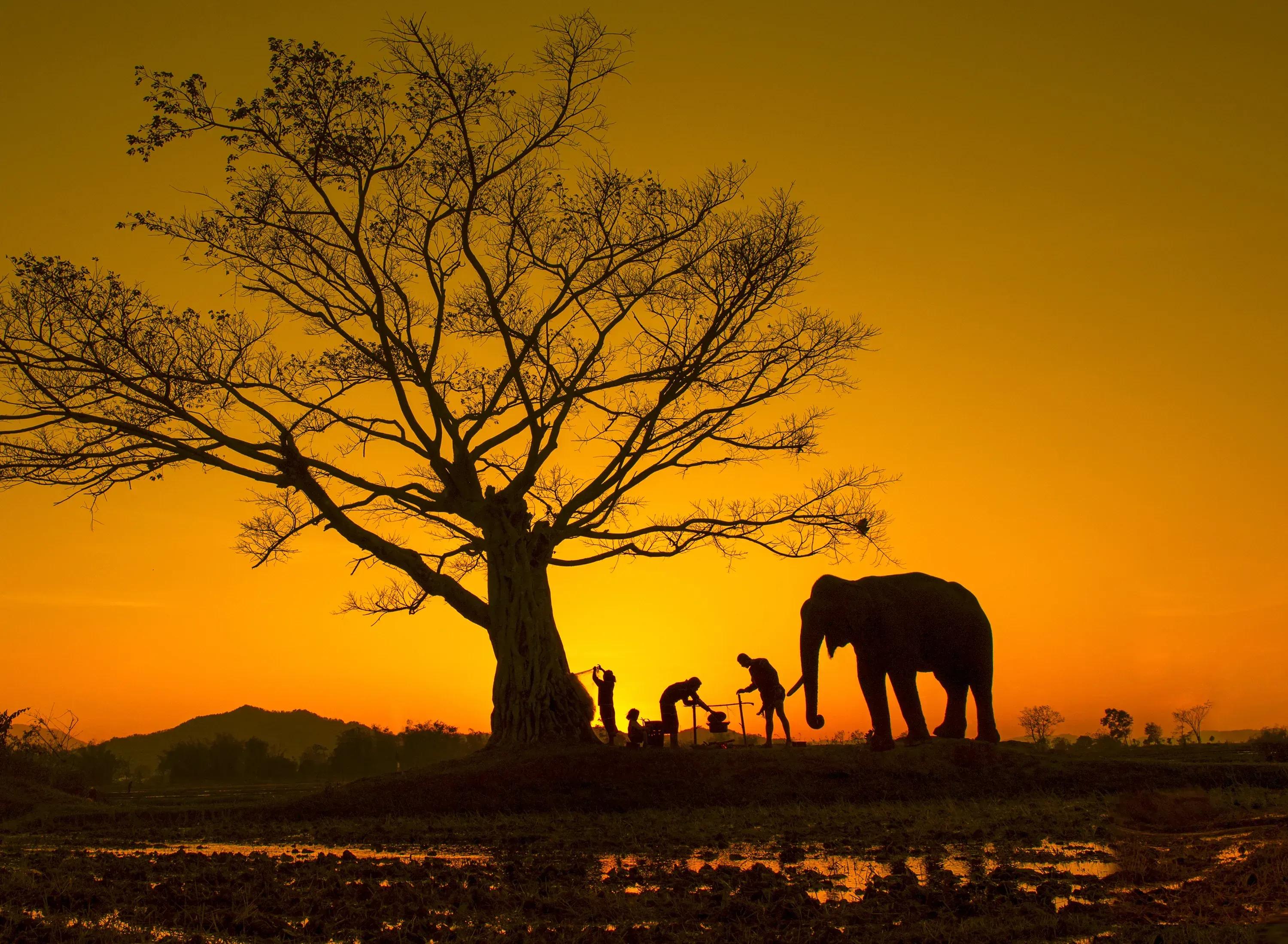
- Village Community and Autonomy:
Vietnamese villages are a subtle reflection of community life, where cultural values and customs are passed down through many generations. In feudal society, villages are not only a social organization but also a unique cultural entity, originating from a family lineage and then expanding to many clans living together. The community spirit in the village is clearly demonstrated through all activities, from farming, animal husbandry, trading, to collective cultural activities.
During the feudal period, villages had communal fields, the common property of the village, which was often redistributed every few years based on the number of men in the village. This was not only an important economic foundation, but also a bond that bound members together. The village was also the homeland of the ancestors, a place that everyone respectfully called their homeland. The communal fields were also a source of income for communal work in the village.
The communal house is the sacred symbol of each village, where the patron saint is worshiped. Religious activities and village festivals are not only an opportunity to demonstrate spiritual strength but also an opportunity to demonstrate solidarity through structures such as communal houses, temples, pagodas, and shrines. Rituals such as weddings, funerals, longevity celebrations, and housewarmings all clearly reflect the unique community character.
Feudal villages were tightly organized, with a high degree of autonomy, leading many researchers to compare them to a miniature picture of Vietnamese society. The proverbs "Each village beats its own drum, each village worships its own saint" or "The king's law is weaker than the village's customs" emphasize the independence of each village. Villages often have their own cultural symbols, expressed through the typical architecture of village gates, communal houses, pagodas, wells, wharves, etc.
Village democracy is maintained through meetings at the village communal house, where all men have the right to discuss village affairs. The Council of Elders, consisting of influential people, acts as an advisor to the village chief, and decisions are made only with the consensus of the Council of Elders. Each village’s village convention is a way of maintaining long-standing customs, where community even surpasses blood ties: “Sell distant brothers, buy close neighbors.”
The spirit of respecting the elderly is an indispensable beauty: "The royal court respects the title, the village respects the elderly". The communal and autonomous nature turns Vietnamese villages into a fortress to preserve regional cultural identity. The social structure of Vietnam is different from China, emphasizing the axis: Individual - family - village - nation. The village is not only autonomous but also closely linked to the nation, creating an extremely sustainable value of village and country affection.
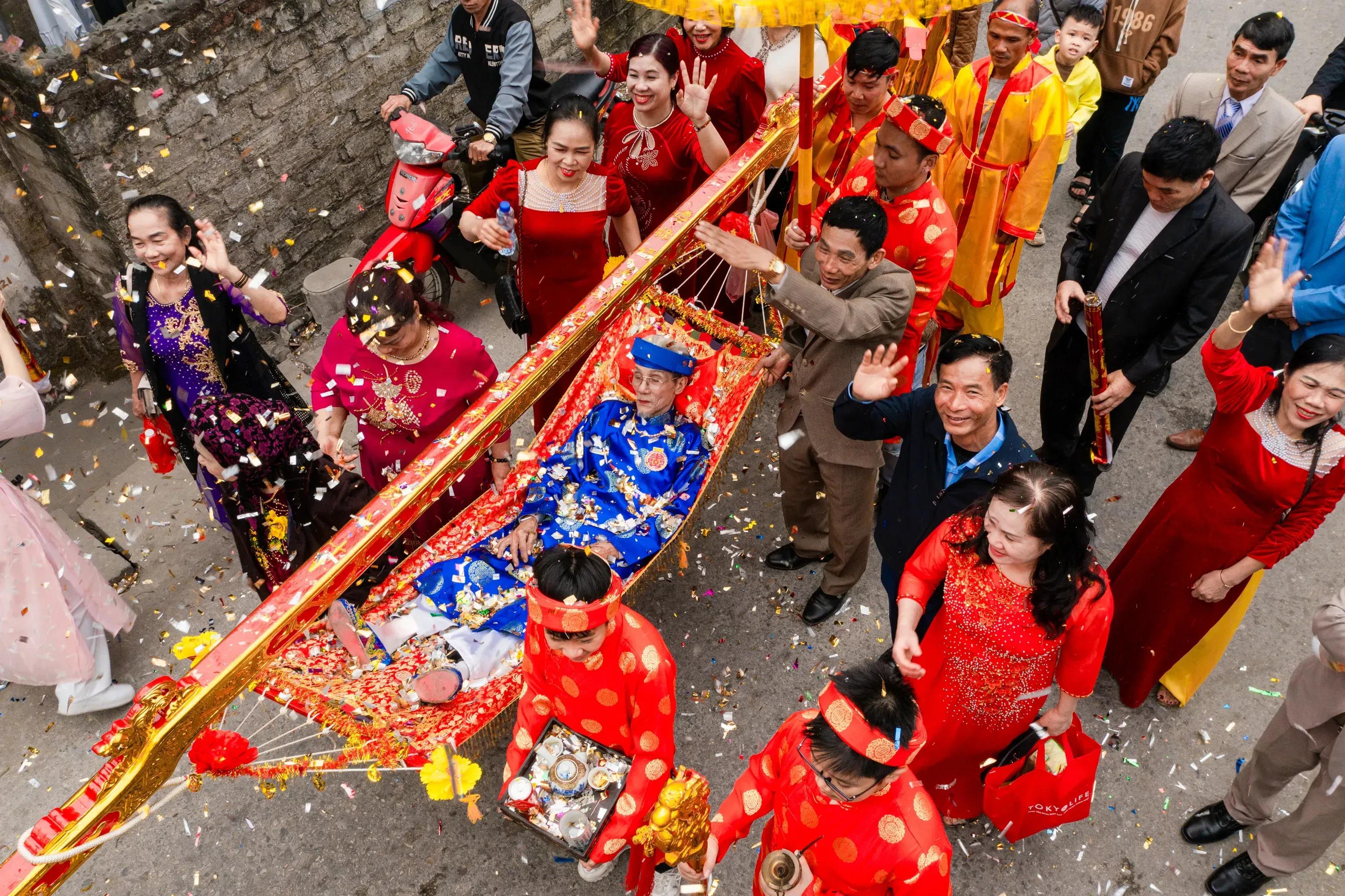
- Patriotism and National Consciousness:
Patriotism and national consciousness are core values in the Vietnamese mind, conveyed through historical stories, legends and folklore. Throughout history, Vietnam has faced annexation plots from the North, aiming to turn Vietnam into a part of their territory and assimilate Vietnamese culture. In the face of these challenges, the Vietnamese people have defended their nation with cultural weapons, promoting and spreading patriotism and a strong sense of national identity.
The Vietnamese created the legend of the Hong Bang Clan to emphasize the common origin of the ethnic groups in Vietnam, thereby uniting the community in a large family under the leadership of the Hung Kings, who founded the first Van Lang state. The legend of My Chau - Trong Thuy brings a lesson about vigilance against foreign invasion. Folk tales also tell about the cleverness of the envoys and Vietnamese scholars in preserving the nation's dignity before the Northern kings and mandarins. The spirit of fighting against invaders is always boiling, as the saying goes, "When the enemy comes to the house, even women fight." Most village communal houses worship tutelary gods, heroes who fought against foreign invaders and contributed to the cause of building the country.
Folk songs such as "Gourds, please love the squash, although they are different species, they are on the same trellis" or "Red silk covers the mirror stand, people in the same country must love each other" clearly demonstrate the spirit of national solidarity. The concept of loyalty to the king in feudal times was often associated with patriotism. The awareness of national territory was also deeply ingrained in the people's minds, such as the story of the 15 tribes of Van Lang or Emperor Quang Trung's demand to demarcate the territorial boundary with the Governor General of Liangguang.
Patriotism permeates every aspect of culture and art. Vietnamese literature, regardless of the period, especially during the feudal period, emphasized national sovereignty and the nation's long-standing cultural identity. Representative works such as "Nam quoc son ha Nam de cu" by Ly Thuong Kiet or "Binh Ngo dai cao" by Nguyen Trai affirmed the indomitable and patriotic spirit of the Vietnamese people.
The Vietnamese people deeply understand that losing culture means losing the country, leading to the need to preserve national cultural identity and eliminate foreign cultural imposition. Historical and cultural relics and patriotic and resistance literature and art have clearly demonstrated the spirit and determination to protect the Fatherland, along with the desire for peace and freedom, as President Ho Chi Minh said: "Nothing is more precious than independence and freedom."
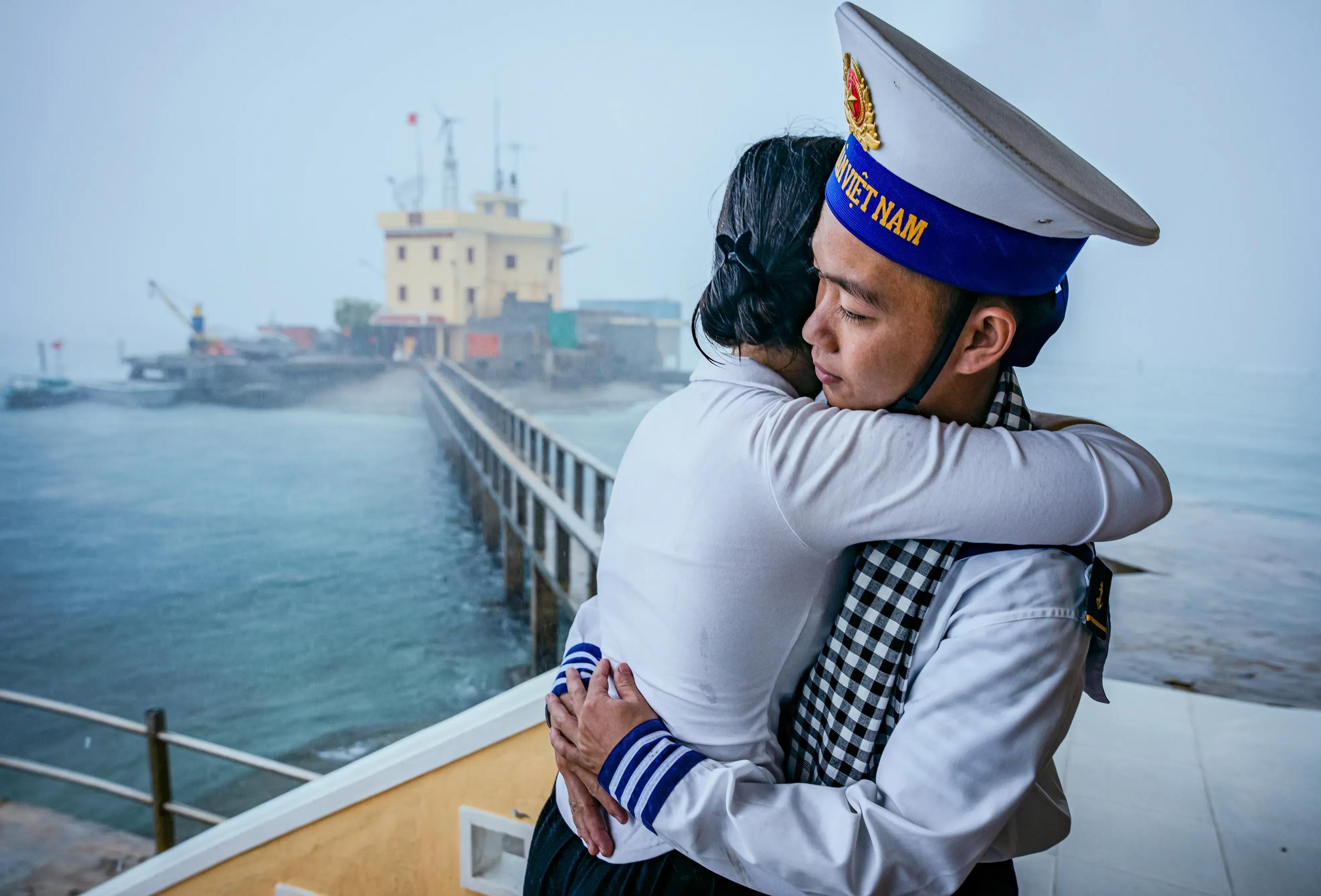
- Promoting Feminism:
In Vietnamese culture, women are not only honored but also play a central role in cultural and religious life. Unlike many Western countries, where women gradually lost their social status during the feudal period and are now fighting for gender equality, Vietnamese culture has long been less discriminatory. The image of women has always been exalted and held a worthy position in traditional culture, especially in places of worship.
In folk beliefs, goddesses are considered as Holy Mothers and National Mothers, such as National Mother Au Co and National Mother Tay Thien. Beliefs such as Tam Phu (worshiping Mother Thien, Mother Thuong Ngan, Mother Thuy/Thoai) and Tu Phu, including Holy Mother Lieu Hanh, are widely practiced in Vietnamese villages, bearing the imprint of indigenous culture.
Throughout Vietnam, places of worship of the Holy Mother are respected, such as Ba Chua Xu at Sam Mountain in Chau Doc, Linh Son Holy Mother at Ba Den Mountain (Tay Ninh), or Mau Thien YA Na of the Cham people at Thap Ba Nha Trang. The Vietnamese also show their respect through the assimilation of foreign religions, such as Buddhism becoming Buddha or Buddha Mother Man Nuong in Bac Ninh. In Catholic families, the image of the Virgin Mary occupies a prominent position.
In addition, many heroic women from thousands of years ago are still worshiped as symbols of sacrifice for the country, such as Hai Ba Trung and Ba Trieu. In modern times, statues and monuments honoring Heroic Mothers such as the Vietnamese Heroic Mother in Quang Nam, or Mother Suot in Dong Hoi. Temples to female martyrs such as Vo Thi Sau in Con Dao, or the temple to the Ten Young Volunteer Girls in Dong Loc are also symbols of respect for women.
Folk songs such as "The husband's orders are not as good as the wife's gong" or "A harmonious husband and wife can dry up the East Sea" also deeply summarize the important role and influence of women in Vietnamese society, demonstrating the harmonious and democratic relationship between family members and the community.

- Appreciate the Farm, Leave the Forest, Respect the Sea:
In Vietnamese culture, the role of agriculture occupies a central position, shaping the way people organize their lives and production. This choice is revealed through the tendency to focus on agricultural lifestyle, and is somewhat wary of the sea and mountains. The concept of "nong vi ban" (taking agriculture as the root) has been deeply ingrained in the subconscious and thinking of our ancestors, with the famous saying "First scholar, second farmer, out of rice, run around, first farmer, second scholar" emphasizing the determination to rely on agriculture to survive.
The Vietnamese chose to live in the fertile alluvial plains and coastal foothills, where it was easy to develop strong agricultural villages. These villages were not only wealthy but also centers of good customs, where each member contributed to the common achievements of the community.
Vietnamese culture is a treasure trove of rich agricultural knowledge, from cultivation to livestock and poultry raising. The buffalo is a close and familiar symbol, praised through folk songs such as "Buffalo, I tell you, buffalo, go out to the field, buffalo plow with me". The image of husband and wife plowing together, the buffalo harrowing has also become a symbol of solidarity in labor.
Village festivals, an indispensable part of Vietnamese folk culture, are not only an occasion to honor the community spirit but also deeply reflect the agricultural element. Vietnamese culinary culture also has its foundation in agriculture, valuing "every inch of land is gold", "people are flowers of the earth".
The Vietnamese people have cleverly exploited and protected agricultural land by building dikes and dredging canals. These works are not only symbols of the strength of the community but also marks of the level of agricultural civilization.
In the historical context, Vietnamese people tend to leave the mountains and forests, where life is difficult and dangerous, to develop in the plains and deltas. Although the country has three times the sea area as the mainland, Vietnamese people are often wary of the sea. Stories about the wife who turned to stone waiting for her husband who did not return from sea, the fishing village's custom of praying to the dolphin Ngu Ong, all show that the sea is not only a source of life but also a cautious attitude, respecting the power of the sea. Vietnamese fishermen always maintain a respectful attitude but also full of courage to live in harmony with the vast ocean.
All these values not only shape national identity but also serve as the foundation for Vietnam to integrate and develop while still preserving its identity in the flow of modernization and globalization.
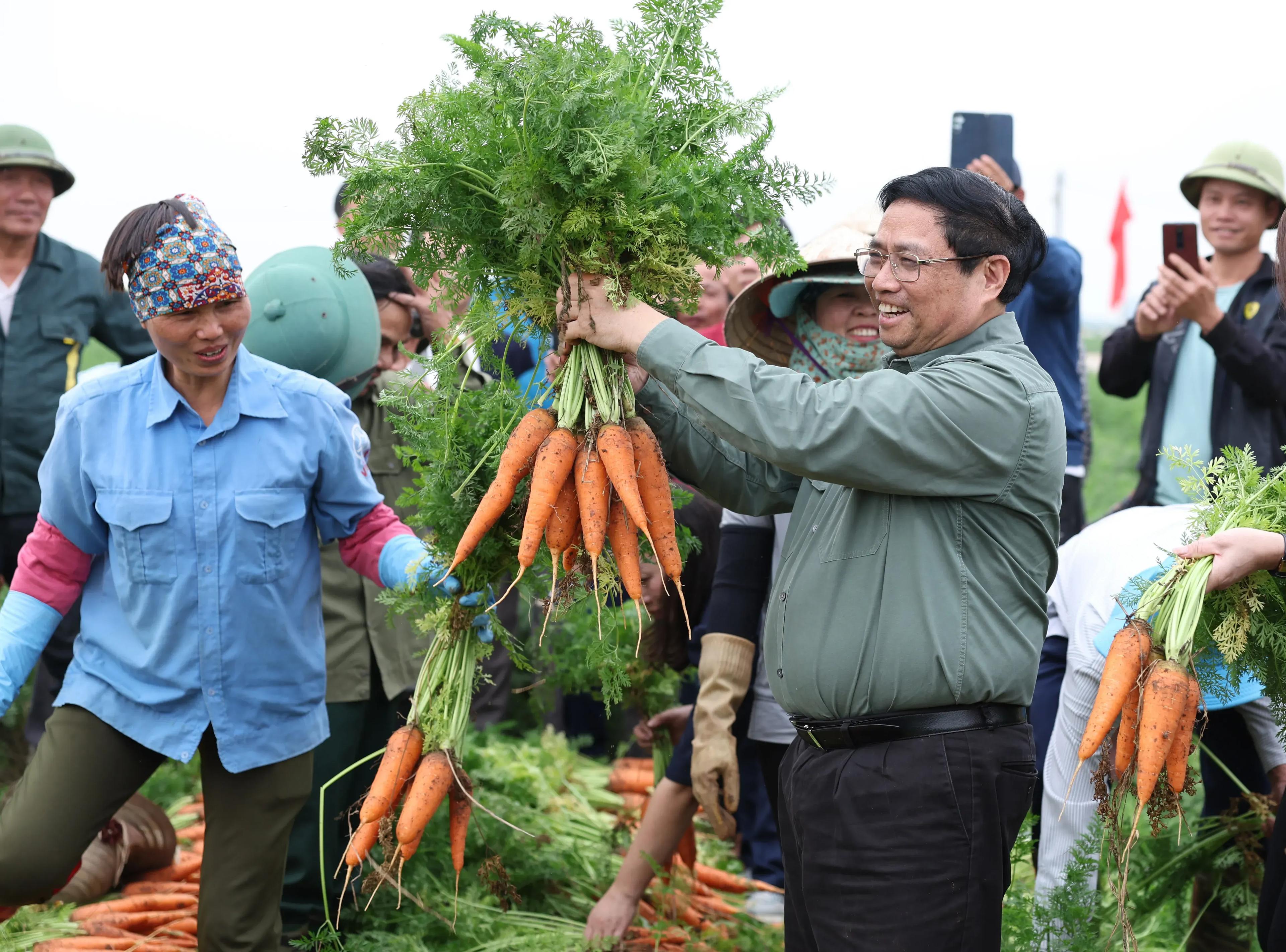
Regional Cultural Values
- Regional Culture
Each region of Vietnam is like a distinct cultural picture, decorated by a harmonious combination of natural features, history and the diversity of ethnic groups living there. From the Northern Delta to the highlands, each place contains unique cultural values, demonstrating the adaptability and creativity of people through each period.
In the Northern Delta, traditional agriculture is shaped by core values such as "water, fertilizer, soil, and seeds", reflecting the hard-working and skillful spirit of the people here. Meanwhile, the mountain residents develop a diverse farming system with "crop rotation, crop withdrawal, intercropping, and intercropping", creating a vivid picture of adaptation to different terrain conditions. The Mong people live on the arid rocky plateau with unique rock-hole cultivation techniques, showing the strength of will and initiative to overcome natural challenges.
Not only are farming methods different, the cultural characteristics of each region also reflect the depth of history and ethnic diversity. According to Professor Tran Ngoc Them, the Southwest region stands out with six cultural characteristics: water-based, loyal, straightforward, tolerant, practical and open-minded. This is evidence of the life attached to the water and the harmony of the people here.
Meanwhile, ancient Hanoi was known for its emphasis on education, personal values, integrity, talent and deep emotions. These characteristics shaped an elegant, sophisticated and culturally rich lifestyle of the thousand-year-old capital.
In summary, the different cultural values between regions of Vietnam not only create a diverse picture of national culture but also serve as a strong driving force for the sustainable and creative development of communities across the country.

- Open, Adaptive and Accommodative Culture
Vietnamese culture is like a vast river, always open to receive flows from all over the world, thereby creating a rich, diverse, and harmonious culture. Vietnam, located in a strategic position in the western Pacific Ocean, east of the Southeast Asian peninsula, south of China, and north of the Southeast Asian archipelago, is likened to a bridge between East and West, where the world's great cultures converge.
Throughout its history, Vietnam has absorbed and integrated four major cultural streams: Indian, Chinese, Middle Eastern, and Western. Although Vietnamese village culture appears to be stagnant and closed with a high degree of autonomy, on a national level, the Vietnamese have a very open culture when responding to the waves of human civilization. The Vietnamese have skillfully accepted religions and cultural institutions such as Hinduism, Buddhism, Confucianism, Taoism, Islam, and Christianity, while carefully preserving their own identity.
Maintaining the spirit of respect and acceptance, the Vietnamese people transformed the Buddha statue into Buddha, or Buddha Mother Man Nuong in the Dau region. The Truc Lam Yen Tu Zen sect is the crystallization of the Buddhist wisdom of the Vietnamese people themselves. The Cham people in the Central region also created the Cham Bani religious system, combining Brahmanism with Cham customs and unorthodox Islam. When Taoism was introduced to Vietnam, it gave rise to a domestic Taoism with unique features. Catholicism, Islam, and Christianity were all accepted in a harmonious way, without overwhelming, leaving a special mark on the spiritual life of the Vietnamese people.
The Vietnamese are famous for their ability to harmoniously assimilate different cultures. Whether they follow Buddhism, Confucianism, Christianity, or Islam, they are not extremists but always maintain their own spirit. An open but gentle, skillful, and delicate culture in absorbing good and appropriate things, not letting foreign elements overwhelm them. The Vietnamese way of behaving "Eat while watching the pot, sit while watching the direction" or "Be a man, speak with two minds" demonstrates the philosophy of harmony, moderation, reason, and emotion when interacting with world civilizations.
Vietnamese cultural values are the result of a harmonious combination of economic, political, social and cultural factors over time. Building cultural values requires a skillful combination of preserving and promoting traditional values and the quintessence of world culture, appropriate to the context, towards the sustainable development of the country.
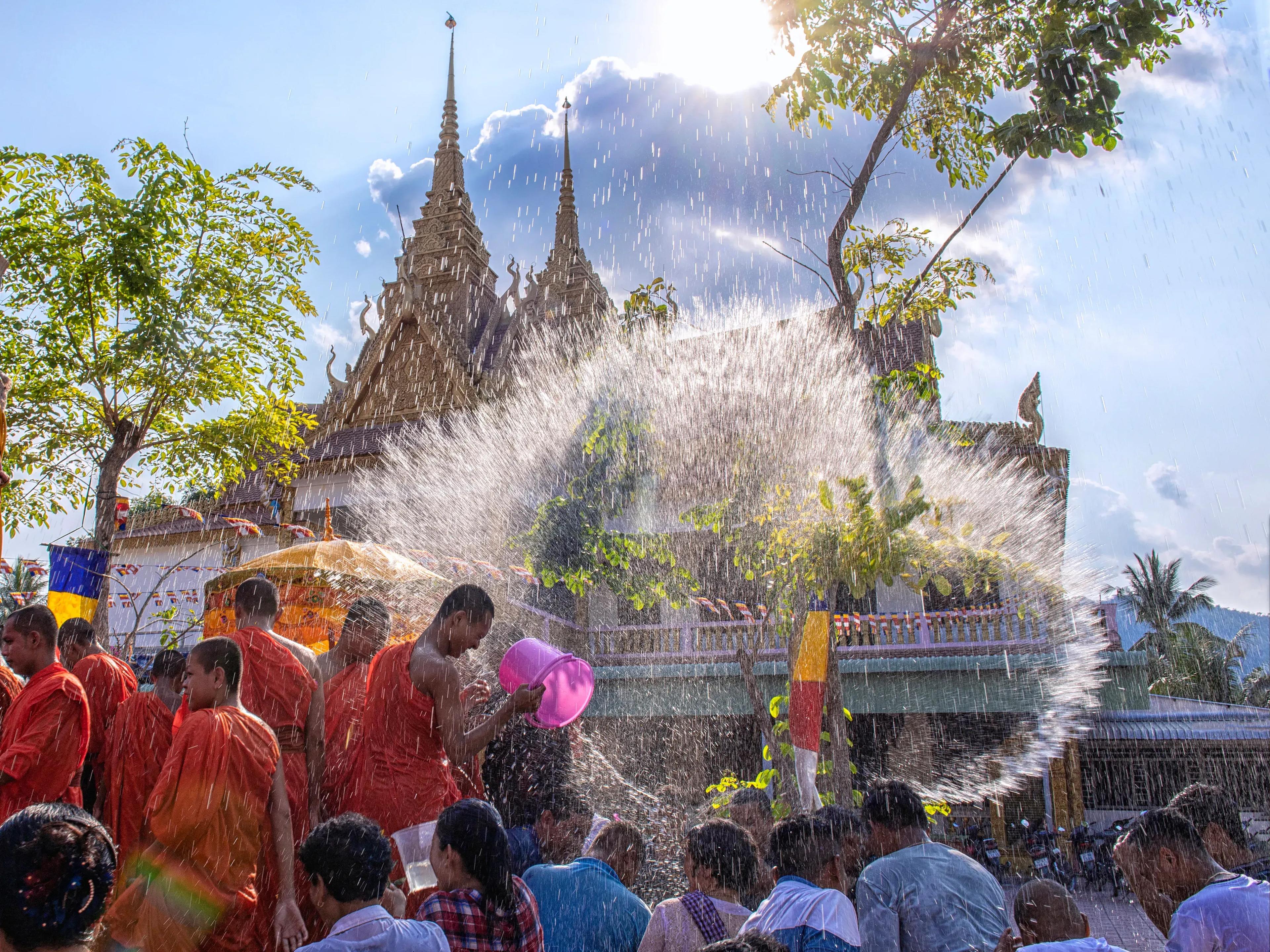
- Multi-Ethnic, Unity in Diversity:
Vietnam, a multi-ethnic country with 54 ethnic groups living together, is a vivid picture of cultural harmony, where each distinct cultural color creates a brilliant, rich and diverse culture. The Kinh ethnic group, the majority, plays a leading role in the flow of national culture. However, Vietnamese culture always demonstrates a spirit of respect, openness, and integration among ethnic groups, opposing all forms of cultural discrimination or coercion. The richness of Vietnam's multi-ethnic culture is not only an intrinsic feature but also a source of the country's soft power in increasing friendship and mutual understanding in the international arena.
Vietnamese culture, through the course of history, has always maintained its unity, even though ethnic groups may have migrated and converged at different times. Once choosing Vietnam as their homeland, all ethnic groups share common memories of their ancestors, consider each other as compatriots, recognize the boundaries and manage the country together. Unity is also demonstrated through national symbols such as the national flag, national anthem, national title, along with the use of Kinh as the common language and the national script unified according to each historical period, creating a solid ideological foundation and social institutions.
The symbols of figures such as King Hung, Saint Giong, and Son Tinh are not only historical pieces but also imbued with cultural values of origin, solidarity, and the will to fight the enemy and exploit nature. Meanwhile, Vietnam’s ethnic minorities contribute to diversifying this picture through vibrant religious activities such as the Tay Then, Muong Mo, the Cham Kate festival, or the buffalo eating custom in the Central Highlands.
The cultural values of each ethnic group are expressed through specific symbols and religious practices, from decorative arts, musical instruments, costumes, to music and performing arts. These elements not only enrich the national culture but also create a vibrant cultural picture, where each ethnic group contributes its own unique color.
Each cultural element such as cuisine, housing, costumes, customs, and beliefs bears the unique mark of each ethnic group, creating a clear identity in the overall cultural picture. When all these cultural nuances are blended, Vietnamese culture truly becomes a brilliant and diverse cultural flower garden, containing countless colors and characteristic scents.
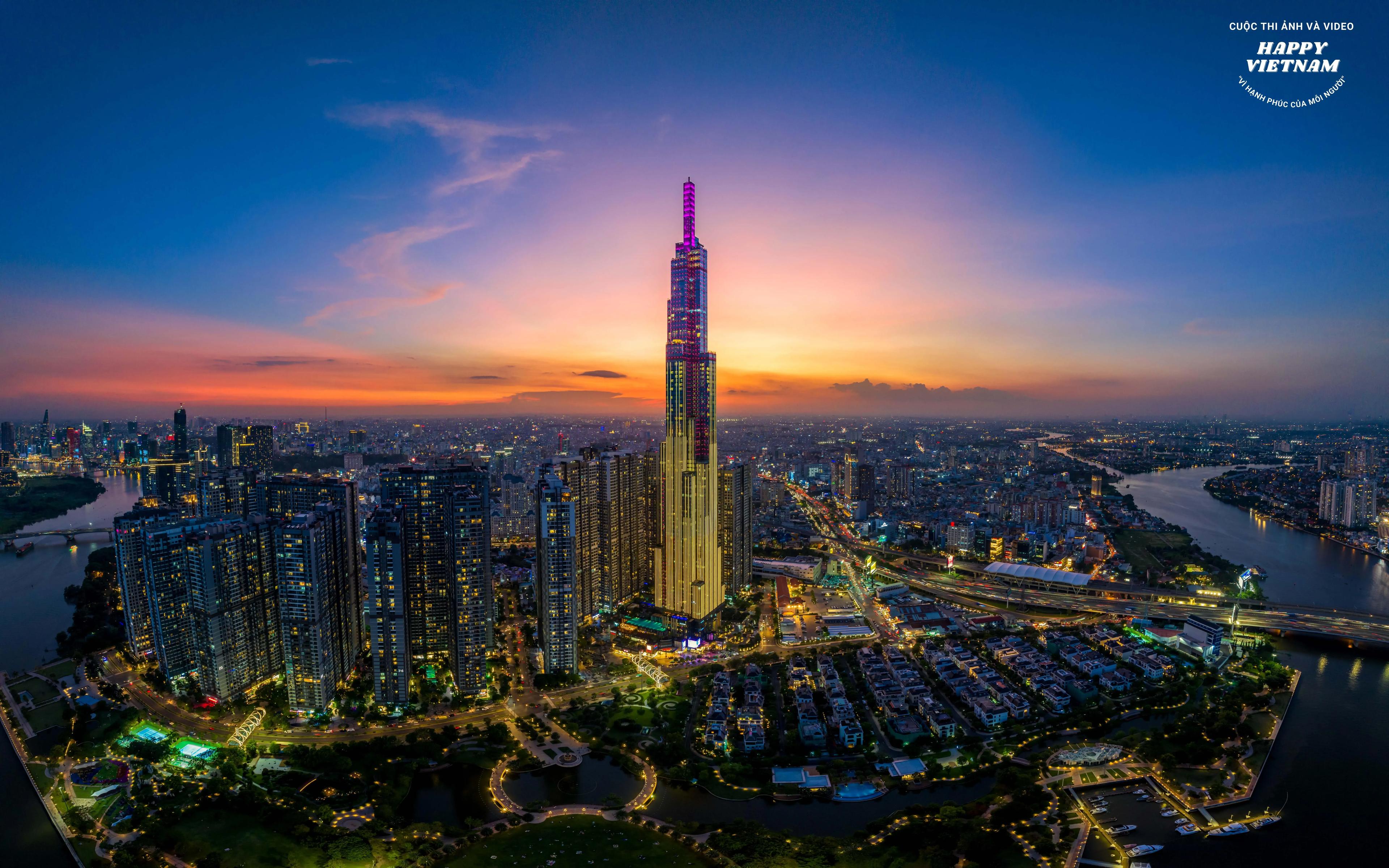
Addresses and Phone Numbers of Embassies and International Organizations in Vietnam
By Duc Anh
15/11/2024
Discover contact information for embassies and international organizations in Vietnam
Plugs and Sockets in Vietnam: Travel Guide
By Duc Anh
17/11/2024
Learn about sockets and plugs in Vietnam to prepare for your trip in a shared and hassle-free way.
Vietnam SIM and eSIM for tourists: Everything you need to know
By Duc Anh
18/11/2024
Discover everything you need to know about Vietnam SIM cards for tourists in this comprehensive guide. From choosing between a physical SIM and eSIM to understanding data plans and coverage, this article provides essential insights to stay connected while traveling.
Discover Vietnam: The Ultimate Guide to Getting Around
By Duc Anh
18/11/2024
Vietnam, a land of stunning landscapes and vibrant culture, offers a wide range of transport options to help you explore its beauty. From planes and trains to motorbikes and cyclos, this comprehensive guide will show you the best ways to get around on your Vietnam adventure.

